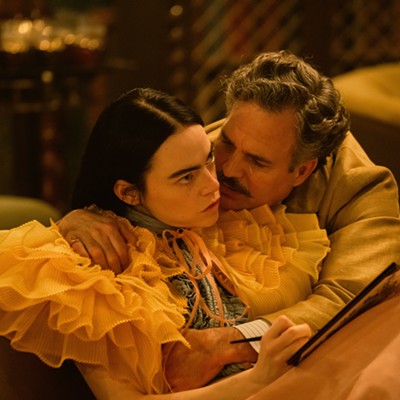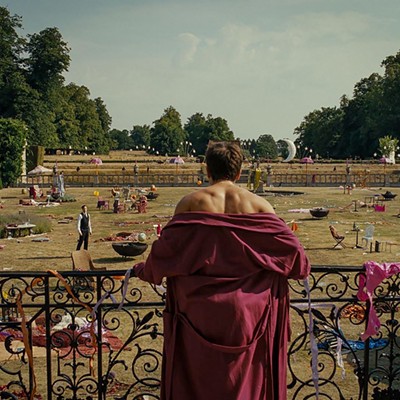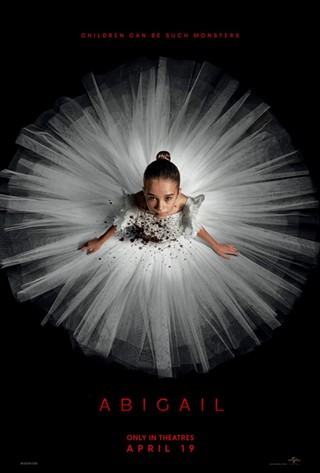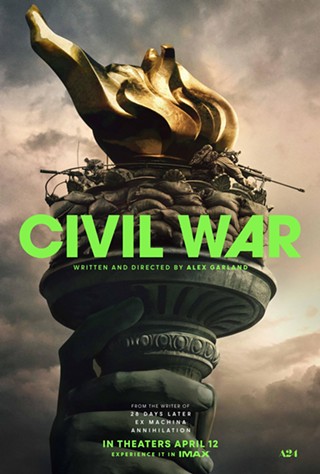A friend of mine works as a writer on a "reality show." In other words, she writes the "reality" the show purports to present, scripting staged events that are presented as candid moments. Though, to be fair, sometimes the people being filmed really are being followed about as they lead their lives. Those lives, though, are often orchestrated without their knowledge, events brought into play by the producers and then presented to the public as though what they were watching was a documentary.
The blurry lines created by this are reasonably harmless in the context of light entertainment, but the technique goes back to a darker time. In 1942, Nazi filmmakers went into the Warsaw ghetto, where thousands of Jews were imprisoned, starving, living in crowded filth, dead bodies littering the streets, and they made a strange mixture of documentary and staged propaganda film.
Discovered after the war, the unfinished film, labeled Ghetto, could have seemed like an actual documentary, except for the eyewitness testimony by survivors who recalled coerced performances. But things became even stranger when a missing outtake reel was found, showing multiple takes of the same scenes, including what had looked like unstaged sequences of people walking by dead bodies, begging in the streets, and lying down in filthy rags as crowds passed by.
Ultimately, the question of what's to be believed in this document becomes incredibly complex. Parts of the original film have been shown in museum exhibits as though it were a real record of Nazi atrocities. And yet, some of those atrocities, while real, were also staged for the film. For example, in a crowd sequence, Nazi soldiers are seen beating a group of Jews. But those Jews were gathered by those same soldiers to create a crowd for the film, and then the soldiers were directed by the filmmakers to beat them. There's a scene of a group of Jewish citizens watching musical performances in a theater. The performers were, of course, forced to perform by the Nazis. But the audience was also forced to be there, to clap after each song, to appear to laugh, etc.
Most jarring, perhaps, are the scenes of people walking past the corpses that began to litter the streets of the Warsaw ghetto. This was designed to make the ghetto's denizens seem callous. And while these scenes were staged, with multiple takes of the same people walking past the corpses, the survivors of the ghetto note that the streets were, in fact, often lined with corpses, because there was so little food and starvation was so rampant. And as a result, they did begin to become inured to the sight of dead bodies. It's as though, in their film, the Nazis tried to fictively re-create what they had actually caused to occur.
In preparing the found footage for her A Film Unfinished, director Yael Hersonski assembled a group of survivors and showed them the footage, and filmed their reactions while they watched. One elderly woman says, "I keep thinking I'll see my mother." Another covers her eyes when scenes of emaciated corpses being thrown into mass graves are screened. A third notes the many people who vanished into Treblinka shortly after the filming stopped.
While the reactions of the survivors are grueling and enlightening, and their memories, sometimes conflicting, add to the difficulty of knowing what in the film is real and what is reenactment, the strangest thing that Hersonski adds to the movie is an interview, interspliced throughout the documentary, with one of the cameramen from the original project.
Willy Wist was a young German cinematographer brought in to film the Warsaw ghetto project. He recounts how they would try to get scenes of "contrast," making it look as though there were rich Jews who were ignoring the plight of the poor and starving. But what makes him so interesting is his apparent lack of guilt. He notes, of course, that he was following orders. But even stranger is when he says that he and the other cameramen "were not given a chance to express ourselves." It's a chilling and odd moment to hear him bemoan his lack of artistic freedom in a film that exploited an imprisoned population of people who were being slowly starved to death.
While there have been atrocities and genocides for nearly as long as there have been humans, the Nazi crimes were the first to be committed in the age of mass media and the first to be so systematically filmed. As such, they've come to stand in for human evil in general, and in some ways their prominence diminishes other acts of evil that are less well documented.
But A Film Unfinished, by showing how images create perceptions of realities, and how documentation can be a form of assault, goes beyond the Warsaw ghetto, raising larger questions about our current situation. The way the Nazis systematically humiliated their prisoners by parading them naked before the camera, for example, echoes what happened at Abu Ghraib, and the attempt to paint an entire people as twisted and evil by selective editing is something we see more and more even in contemporary America.
So even if the Holocaust is over-filmed and over-documented, A Film Unfinished is a necessary commentary on the way that documentation has been used, the extent to which it both presents and hides a truth, and most importantly the fact that documentation itself can be a form aggression.










